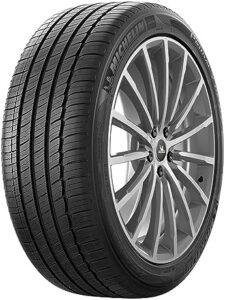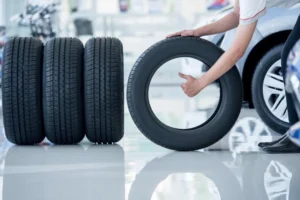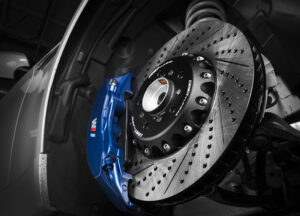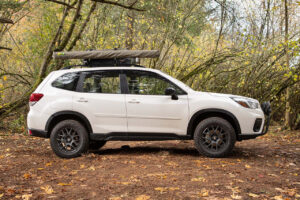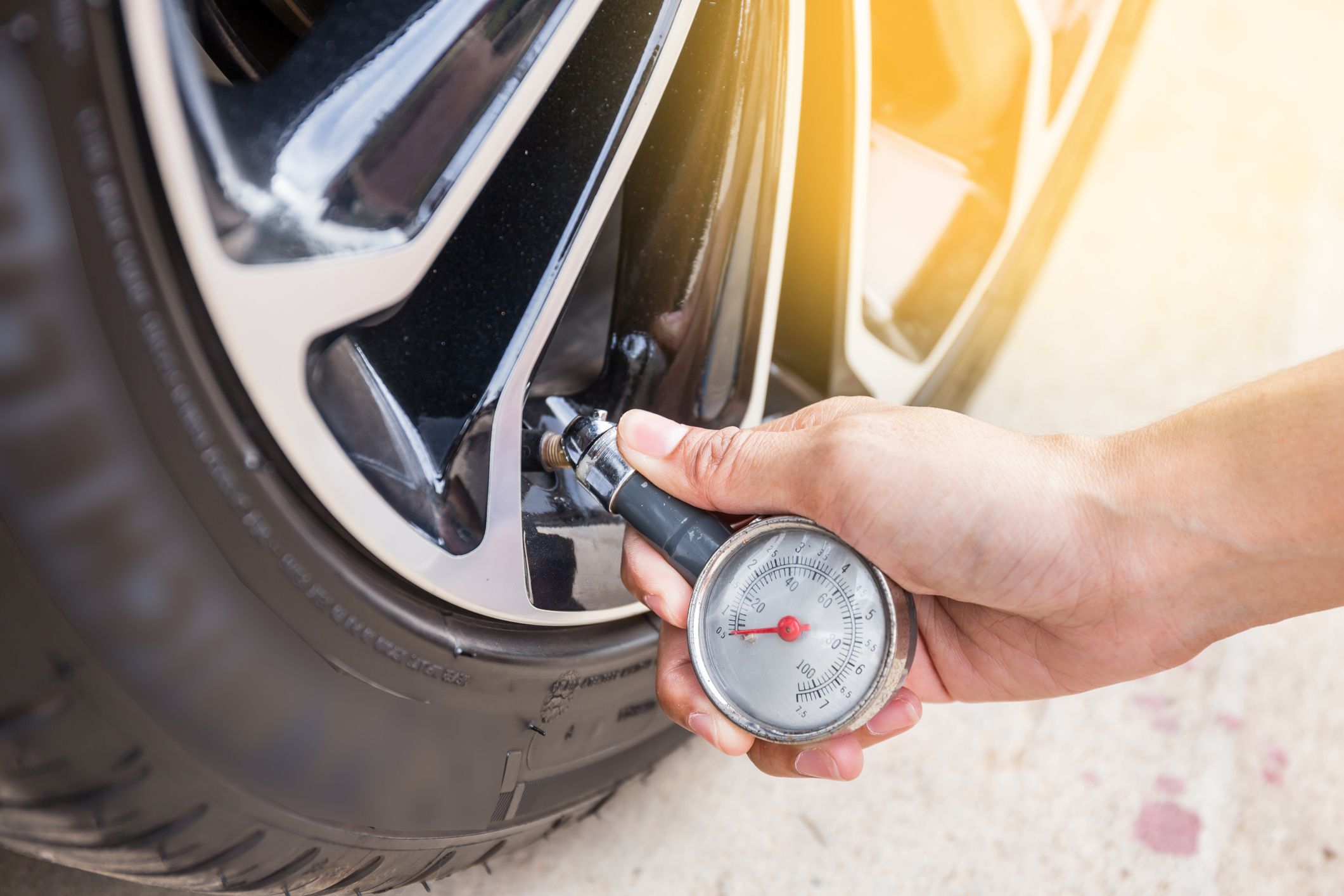
What is the Importance of Proper tire pressure and how to maintain it?
Tire pressure that is too low can cause a variety of problems for your vehicle. It can lead to uneven wear on the tires, decreased fuel efficiency, and a decrease in the vehicle's overall handling and stability. In addition, low tire pressure can also increase the risk of a blowout or other tire failure. The recommended tire pressure for your vehicle can typically be found on a sticker located on the driver's side doorjamb or in the vehicle's owner's manual. It's important to check your tire pressure regularly, at least once a month, and before taking a long trip.
If you notice that your tires are underinflated, use an air compressor or a hand-held tire pump to add air until the pressure reaches the recommended level. It is also important to note that the recommended tire pressure can change depending on the load of the vehicle and the weather conditions. Always check the pressure when the tires are cold, meaning that the vehicle has not been driven for at least three hours.
In summary, tire pressure that is too low can cause various problems for your vehicle, including decreased fuel efficiency, uneven tire wear, and a decrease in handling and stability. It is important to check your tire pressure regularly and to inflate the tires to the recommended level.
In addition to the problems mentioned earlier, low tire pressure can also cause damage to the sidewalls of the tires. This can lead to leaks or even a blowout, which can be dangerous while driving.
Another issue with low tire pressure is that it can cause the tires to overheat. When a tire is underinflated, it has to work harder to maintain its shape and grip the road. This extra effort generates more heat, which can cause the tire to wear out more quickly. Furthermore, underinflated tires can also cause the treads to wear out unevenly, which can lead to poor traction and reduced braking performance.
It’s also worth noting that driving on underinflated tires can have a significant impact on the environment. Low tire pressure can decrease the vehicle’s fuel efficiency, which means that it will consume more fuel and emit more pollutants. This not only harms the environment but also increases your fuel costs.
Finally, it is important to note that over inflating your tires can also be dangerous as it can cause the center of the tread to wear out more quickly, and can also affect the vehicles handling and stability.
To avoid these issues, it is important to regularly check your tire pressure, and inflate them to the recommended level. It’s also a good idea to check the pressure before taking a long trip or carrying a heavy load. This will ensure that your vehicle is running safely and efficiently and will help to prevent any potential problems.
Sure, in addition to the importance of checking and maintaining the tire pressure, it is also important to check the overall condition of your tires. This includes checking for any signs of wear and tear, such as cuts, bulges, or uneven tread wear. These can indicate that the tire is damaged and may need to be replaced.
It’s also important to rotate your tires regularly to ensure that they wear evenly. This can help to extend the life of your tires and ensure that they perform at their best. Additionally, it’s a good idea to have your tires balanced and aligned at least once a year. This can help to prevent uneven wear and ensure that your vehicle handles properly.
Lastly, it’s also important to pay attention to the tire’s age. Tires have a lifespan of around 6 years from the date of manufacture, regardless of how much they have been used. So, even if the tire is not worn out, it is important to replace it after 6 years.
In conclusion, maintaining the proper tire pressure is essential for the safety and performance of your vehicle. However, it’s also important to check the overall condition of your tires and to take care of them by rotating, balancing, and aligning them regularly. Remember to check the age of your tires and replace them as necessary. By following these guidelines, you can ensure that your vehicle is running safely and efficiently.

